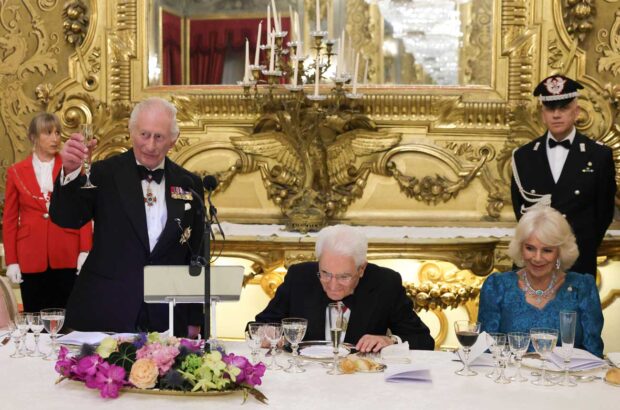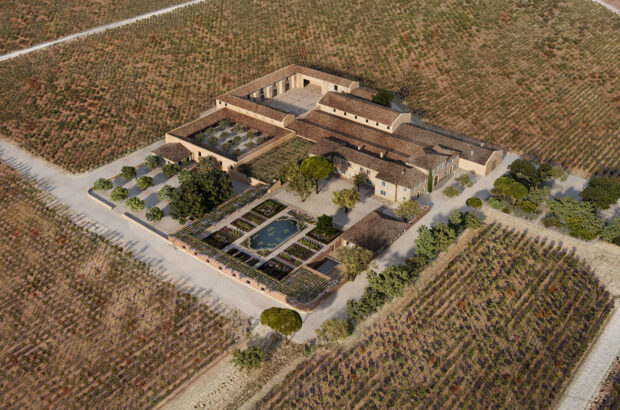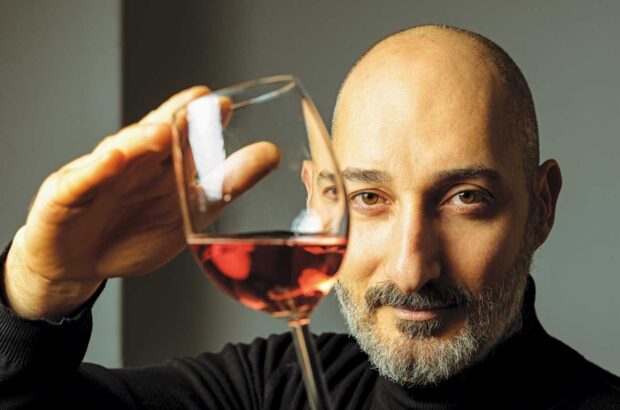Researchers at Bordeaux university's faculty of oenology have identified a potential issue with premature oxidation affecting red wines.
‘It’s not limited to Bordeaux’… Dubourdieu
Denis Dubourdieu, professor at the faculty of oenology (ISVV) in Bordeaux and author of a leading study into premature oxidation in white wines, told Decanter.com, ‘Ten years ago, many people were aware of the premature oxidation problem in white wines, but didn’t want to talk about it. For me, it’s a similar situation now with red wines.’
Dubourdieu points to the 2003 vintage as the most obvious example, although any very ripe vintages – such as 2009 – could be at risk. ‘And it is not limited to Bordeaux – any region that makes long-living red wines, from Tuscany to Napa, should be aware of the potential issues.’
Red wines have greater natural protection against premature oxidation, as the tannins and phenolics are natural buffers against oxygen. ‘But I have seen issues with a number of classified wines that are potentially storing up trouble for later,’ warns Dubourdieu. ‘The Right Bank is the worst affected because Merlot is so vulnerable.’
The warnings signs of premox in reds comes through the appearance of certain aroma markers such as prunes, stewed fruits and dried figs, and is often linked to a rapid evolution in colour, as with whites.
Dubourdieu, along with Valérie Lavigne and Alexandre Pons at the ISVV, has found two specific molecules – ZO1 giving the prune aroma and ZO2 giving a stewed fruit smell – that develop rapidly in the presence of oxygen.
The causes are numerous, Dubourdieu believes: harvesting later in a bid for riper grapes with low acidity, and winemaking practises including too much new oak barrels, or low doses of sulphur dioxide particularly when coupled with a high pH (over a pH of 4, SO2 loses almost all of its effectiveness).
‘These are practices that winemakers are doing with the best intentions,’ Dubourdieu said. ‘Riper grapes, new oak, low sulphur use – these are all things intended to improve the wine and to benefit the consumer. But I would prefer to warn winemakers now that it’s possible to go too far, rather than say nothing simply to be politically correct.
Written by Jane Anson in Bordeaux







